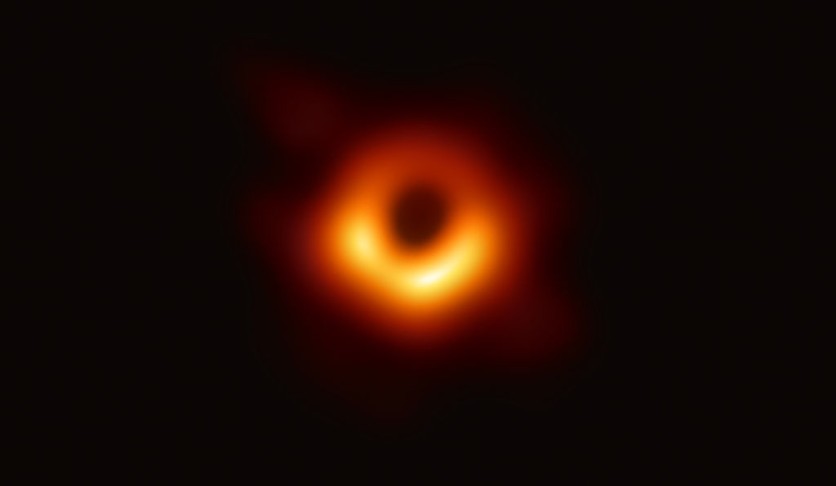
Astronomers have discovered the first clear evidence of a spinning black hole, 55 million light-years away from Earth, revealing its mysterious features.
The Event Horizon Telescope's advanced technology took the image of the supermassive black hole's shadow in Messier 87's center, The Guardian reported. M87 possesses incredibly strong jets that shoot out from its poles at almost the speed of light, stretching into the enormous expanse of intergalactic space, much like many supermassive black holes.
The black hole's spin has long been hypothesized to be the source of these cosmic jets, but up until now, concrete proof has been difficult.
Dr. Kazuhiro Hada, co-author from the National Astronomical Observatory of Japan, said scientists have been wondering if this galaxy's black hole rotates since the Event Horizon Telescope discovered it. "Now anticipation has turned into certainty," he remarked.
Powerful, Billion Times More Massive Than The Sun
The spinning black hole at M87 is 6.5 billion times more massive than the Sun. An accretion ring of gas and dust is present next to the black hole, racing dangerously near the cosmic abyss. Part of this material is pulled into the black hole and never returns, while a proportion is released from its poles at speeds exceeding 99.99% of light.
Theoretical models estimate that a key factor in this phenomenon is the spinning of the black hole. According to scientific theory, the disk's charged particles produce a powerful magnetic field. The magnetic field is moving in a way that can cause particles to be propelled like jets out of the black hole's vicinity when the black hole rotates. The spinning of the black hole extracts energy in this process.
These observations show that the jet revolves around a core area in the black hole's perimeter every 11 years. Precession indicates an angular imbalance between the black hole's axis of rotation and the accretion disk, causing the jet to rotate like a spinning top.
One of the Universe's Greatest Mysteries
Study authors remarked that the "unequivocal evidence" of spinning blackhole evidence furthers their understanding of the features of supermassive blackholes.
The study, which was reported in the journal Nature, made use of observations of M87 made by a network of international radio telescopes between the years 2000 and 2022. Scientists combined their observations with theoretical simulations run on a supercomputer. According to Xinhua, the latest research used more than 20 telescopes from across the world to study the spinning black hole.
Spinning black holes pull space-time along for the ride!
— NASA Universe (@NASAUniverse) December 30, 2022
RXTE found clear evidence of this in 1997, when it observed an X-ray signal tracking blobs of hot gas orbiting close to a black hole. The X-ray changes indicated that the inner disk was wobbling. https://t.co/k8lYWPr9pl pic.twitter.com/93bIQ7wr0w
Black holes are known for their enormous density and powerful gravitational attraction, which is so strong that even light cannot escape from them. They are among the most intriguing astronomical objects.
Experts estimate that there are 100 million black holes in the Milky Way galaxy; however, it is still difficult to find these mysterious objects, according to Space.com.
Although black holes do not die in the usual sense, theoretical predictions indicate that they will progressively evaporate over extraordinarily long periods. The powerful gravitational pull of black holes draws neighboring matter in, allowing them to grow.
Related Article : Physicists Observe Antimatter Free-Falling to Confirm Einstein's Theory

ⓒ 2026 TECHTIMES.com All rights reserved. Do not reproduce without permission.




